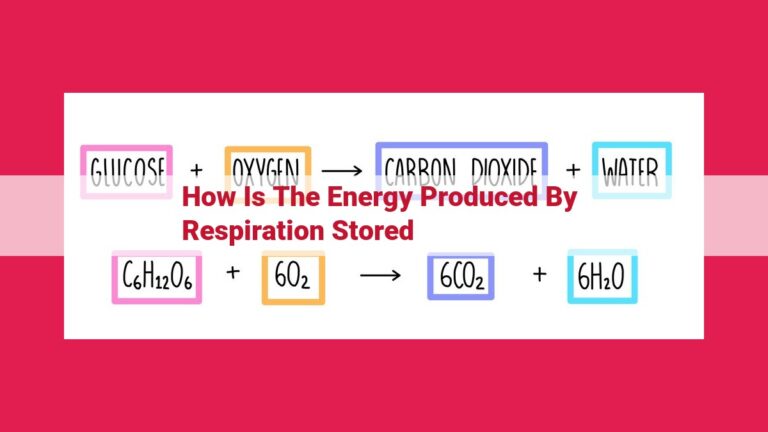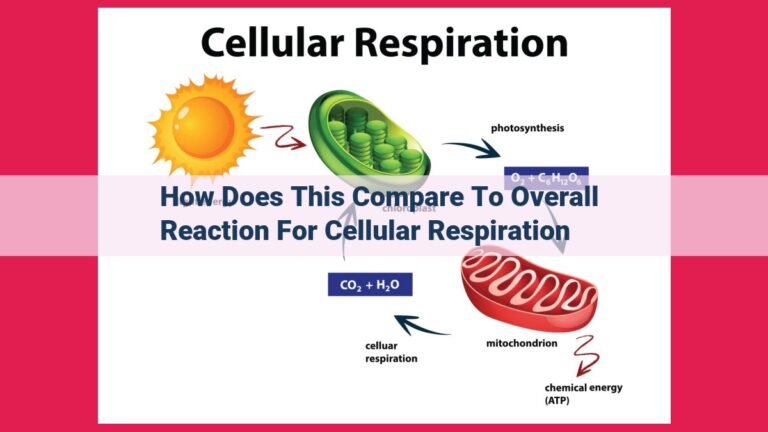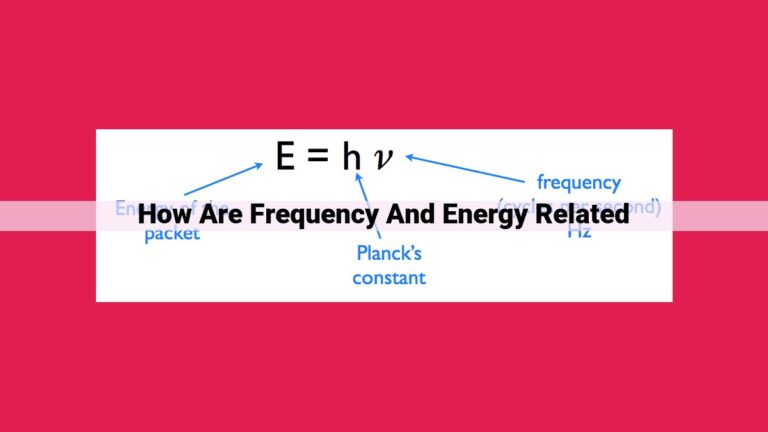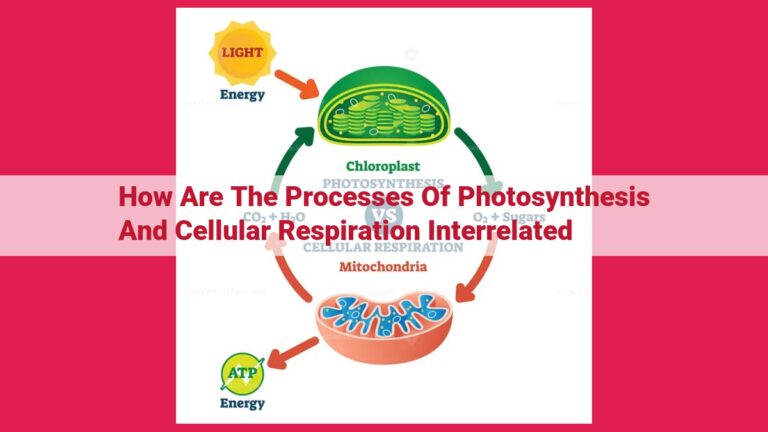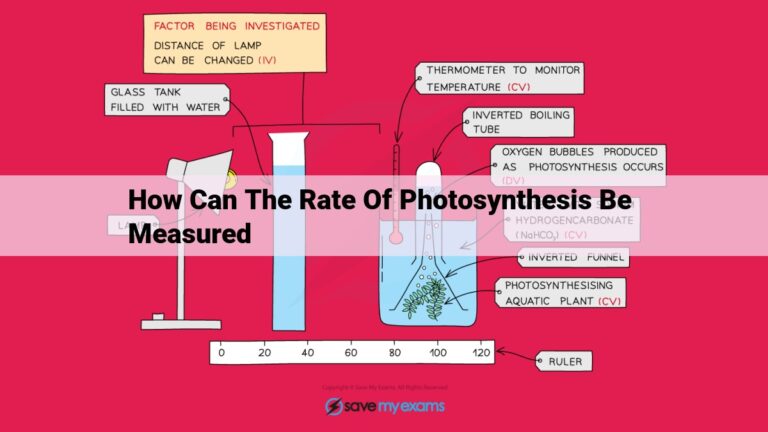Understanding Potential And Kinetic Energy: Key Concepts For Mechanics
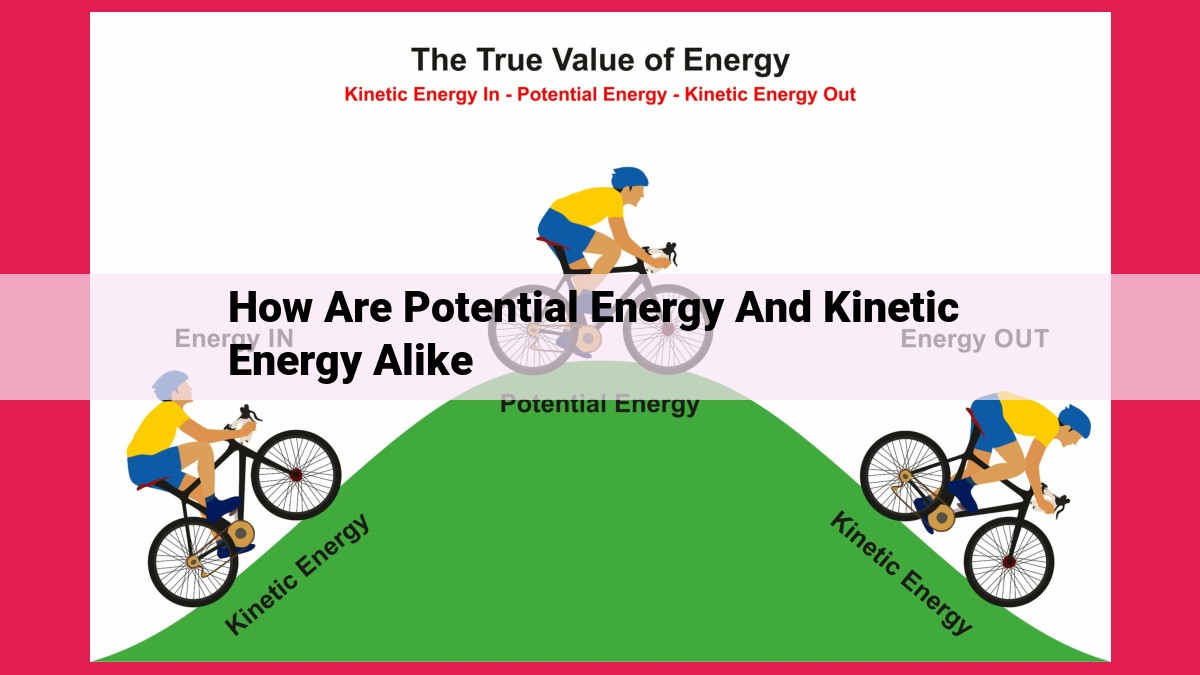
Potential and kinetic energy share similarities as forms of energy, measured in joules. Both can be transferred between objects and converted into other energy types. Potential energy arises from an object’s position or configuration, while kinetic energy relates to its motion. These energies combine as mechanical energy, representing the overall energy tied to an object’s movement.
Potential and Kinetic Energy: Understanding the Power
In the realm of energy, there are a myriad of forms dancing around us, waiting to be harnessed and understood. Potential and kinetic energy stand out as two fundamental players in this captivating world, revealing the secrets of motion and shape.
Potential energy, as its name suggests, embodies the energy stored within an object due to its position or state. It’s like a coiled spring, ready to unleash its power when released. Kinetic energy, on the other hand, is the energy of motion, the vibrancy that flows as objects move. Just think of the graceful glide of a skater or the explosive force of a crashing wave.
Together, potential and kinetic energy form a dynamic duo, constantly interchanging and interacting. They’re like yin and yang, inseparable forces that orchestrate the movement of the universe. The roller coaster’s exhilarating ride is a testament to this interplay, where potential energy transforms into kinetic energy at the crest of the hill, only to reconvert upon descent.
These forms of energy aren’t isolated entities; they eagerly mingle and morph into other energy types. Potential energy can seamlessly convert into electrical energy, as seen in hydroelectric dams, while kinetic energy can transform into heat energy, generating friction as objects collide. This fluidity showcases their versatility and the interconnectedness of the energy landscape.
Quantifying these energy forms reveals their significance. Both potential and kinetic energy are measured in joules (J), the standard unit of energy in the scientific community. Understanding these units empowers us to appreciate the energetic dance of objects around us.
In the context of motion, potential energy represents an object’s readiness to move, while kinetic energy reflects its actual movement. Together, they define mechanical energy, the total energy associated with an object’s motion. This mechanical dance plays out in every aspect of our lives, from the playful swing of a child on a playground to the intricate movements of a symphony orchestra.
By unraveling the mysteries of potential and kinetic energy, we gain a deeper appreciation for the symphony of motion that surrounds us. These forms of energy are not mere abstractions; they’re the very essence of movement, shaping our world with every step, every dance, and every cosmic journey.
**Transferability Between Objects: Unveiling the Interplay of Potential and Kinetic Energy**
In the captivating world of physics, where energy weaves its intricate tapestry, potential and kinetic energy dance in a mesmerizing embrace, holding sway over the movement of our world. These two fundamental forms of energy are not mere spectators; they engage in a continuous exchange, traversing between objects through a trio of dance partners: conduction, convection, and radiation.
Conduction: A Handshake of Energy
Imagine a cold metal spoon submerged in a hot cup of coffee. As the eager metal seeks warmth, its atoms reach out like tiny hands, grasping at the heat energy from the surrounding coffee molecules. This intimate contact, known as conduction, allows kinetic energy from the rapidly moving coffee particles to flow into the potential energy stored within the spoon’s atoms.
Convection: Energy on the Move
In a bubbling pot of soup, a different dance unfolds. Hot soup near the bottom absorbs kinetic energy from the heat source, causing the soup molecules to expand and rise. Their upward motion creates a current, carrying the potential energy contained in the elevated soup higher and higher. This process, called convection, redistributes heat throughout the pot.
Radiation: Energy’s Distant Embrace
Unlike conduction and convection, radiation allows energy to travel without direct physical contact. Picture the comforting warmth of a glowing fireplace. As the flames dance, they emit electromagnetic waves that carry kinetic energy to our skin. Our bodies then absorb and convert this energy into potential energy stored in our tissues.
Through these three fundamental processes, potential and kinetic energy orchestrate the transfer of energy between objects. They power our appliances, warm our homes, and illuminate our nights, making our world a vibrant and dynamic place.
The Incredible Journey of Energy: How Potential and Kinetic Energy Transform
In the realm of physics, energy reigns supreme. Potential and kinetic energy are two fundamental forms, existing alongside familiar faces like heat, light, and sound. Together, they form an intricate dance, constantly transforming into each other and evolving into diverse energy manifestations.
Potential energy, like a quiet force in waiting, is stored within an object’s configuration or position. Think of a stretched rubber band, poised to unleash energy upon release. Kinetic energy, on the other hand, is the embodiment of motion. It dances in the whirl of a spinning top or surges through the zoom of a speeding car.
But the journey doesn’t end there. Potential and kinetic energy possess a remarkable ability to transform into other forms. A roller coaster’s ascent converts kinetic energy into potential energy, only to release it in a thrilling descent. The energy cycle continues as the roller coaster’s motion turns into friction and heat.
Beyond mechanical motion, these energy forms also play a vital role in chemical and electrical processes. For example, in a battery, chemical reactions convert stored potential energy into electrical energy, powering our devices. Similarly, in photosynthesis, light energy transforms into chemical energy stored in plants.
Key Takeaway: Potential and kinetic energy are not mere spectators; they are active participants in the energy symphony. Their ability to convert into other forms drives countless processes, making them indispensable players in the universe’s energetic tapestry.
Delving into the Realm of Energy: Understanding Potential and Kinetic Energy
In the vast world of physics, energy reigns supreme as the ability to perform work or produce change. Among the myriad forms of energy, potential and kinetic energy stand out as fundamental players in the symphony of motion and transformation.
Potential Energy: The Energy of Position and Possibility
Imagine a ball perched atop a hill, poised to roll down. Its potential energy is like a coiled spring, ready to unleash its stored power. This energy is determined by the ball’s position relative to the ground and its weight. The higher it is lifted, the greater its potential energy, as it holds the promise of a downward journey.
Kinetic Energy: The Embodiment of Motion
As the ball rolls down the hill, its _kinetic energy takes center stage. This energy is the direct result of its movement and is proportional to both its mass and velocity. The faster it moves, the more kinetic energy it possesses. The ball’s descent transforms its potential energy into kinetic energy, a testament to the fluidity of energy transfer.
The Interplay of Energy
Potential and kinetic energy are not isolated entities but rather engage in a continuous dance of conversion. Like two sides of a coin, they complement each other, with one form seamlessly transitioning into the other. The roller coaster provides a vivid example of this interplay, as it ascends to gain potential energy, only to plunge and convert it into kinetic energy as it races along the track.
Measuring Energy’s Essence: Joules, the Unifying Unit
Just as we measure distance in meters or time in seconds, energy has its own standard unit: the joule (J). Both potential and kinetic energy are quantified in joules, providing a common language for describing their magnitude. A joule represents the amount of energy required to move an object one meter against a force of one newton.
The Dance of Energy and Motion
Potential energy and kinetic energy play pivotal roles in describing the motion of objects. Potential energy encapsulates the energy stored due to an object’s position or configuration, while kinetic energy captures the energy of its movement. Together, they form mechanical energy, representing the total energy associated with an object’s mechanical state.
By unraveling the intricacies of potential and kinetic energy, we gain a deeper understanding of the ever-changing world around us. From the rhythmic bounce of a ball to the awe-inspiring roller coaster ride, these forms of energy orchestrate the symphony of motion, shape the dynamic interactions between objects, and ultimately shape our physical reality.
The Interplay of Motion and Energy: Understanding the Relationship Between Potential and Kinetic Energy
Imagine you’re at the top of a roller coaster, a towering structure that seems to defy gravity. As you sit perched at its peak, you feel a surge of anticipation and excitement. Little do you know, you’re about to embark on a captivating journey that will not only thrill you but also teach you a fundamental lesson about energy.
As the coaster begins its descent, you feel the weight of potential energy pulling you down. This stored energy is a result of your position relative to the ground. With each passing moment, your potential energy transforms into kinetic energy, the energy of motion. The coaster accelerates, hurtling down the tracks at breakneck speed.
As the coaster swoops and ascends, the dance between potential and kinetic energy continues. At the bottom of each dip, kinetic energy reigns supreme as the coaster reaches its maximum velocity. But as it climbs back up, potential energy once again asserts its dominance, storing the energy that will later fuel the next descent.
This interplay of energy is not limited to roller coasters; it’s a fundamental principle that governs the movement of all objects around us. Think about a pendulum swinging back and forth. At its highest point, it possesses maximum potential energy, while at its lowest point, it has maximum kinetic energy. As it oscillates, energy constantly converts between these two forms.
The relationship between potential and kinetic energy is a vital concept in understanding the mechanics of our world. It explains how objects can move, how energy is stored and released, and how the forces of nature shape the world we experience.
